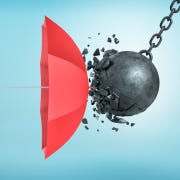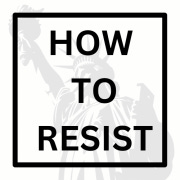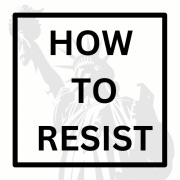Post #8: Of Kaleidoscopes and Propaganda Machines

"It is the goal of oppressive systems to make us feel hopeless, to take away our joy, to steal our imagination." Wanjiku Gatheru, founder of Black Girl Naturalist (qtd in Drawn to Change the World)
I felt inspired and refreshed by our two week sojourn looking at craft and craftivism titles from the Learn, Imagine, Act list. But now we're returning to Nazism, to trace throughlines involving propaganda—broadly defined as the manipulation of information, art, entertainment, and media to shape public perceptions of reality.
At the end of this first 100 days, we're well along the path of seeing propaganda being pushed as policy. Books are being removed, and key terms banned from governmental and educational institutions and their websites. Executive orders have targeted funding for library services, education, the NEH and NEA, PBS and NPR. The president has appointed himself chairman of the board of the Kennedy Center, and now wants to put a tariff on foreign films.
Manipulations of reality are not limited to the arts and humanities, as we've seen in the attacks on science and the judiciary. But visual media are a major venue for channeling propaganda. This includes the highly-produced videos depicting the rounding up of alleged gang members, staged press briefings with MAGA influencers, and the president's blatant attempt—"why don't you just say yes"—to force Terry Moran to consent to a lie about the photo-shopped gang tattoos in a live interview.
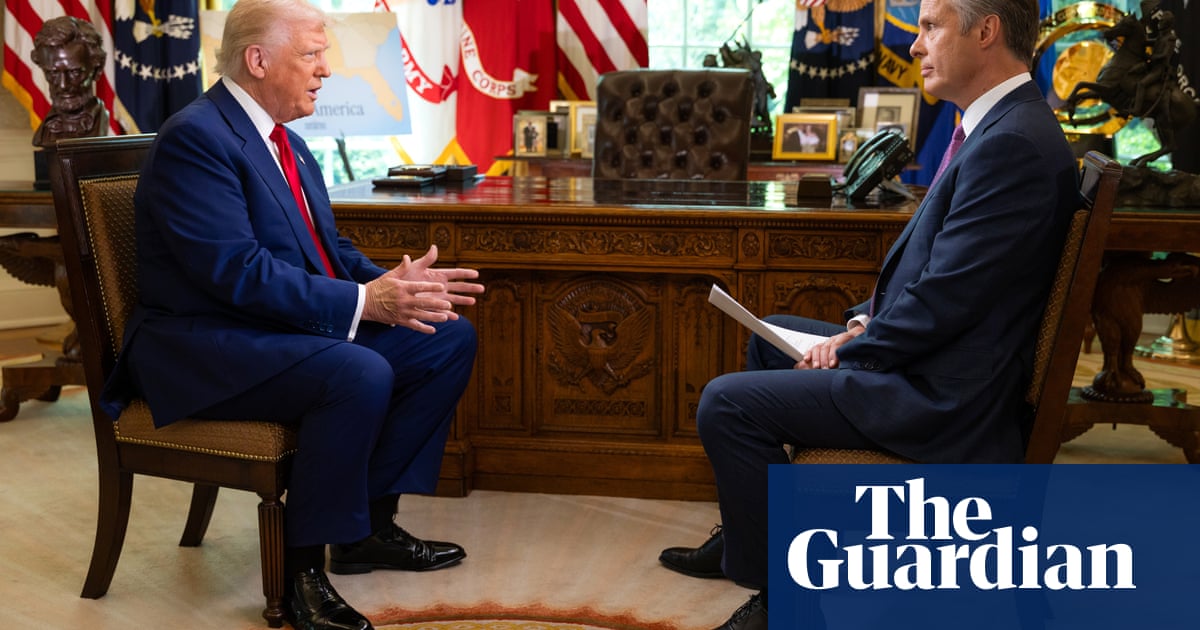
John Oliver plays the entire interaction in a 90 second clip here, and offers a fuller discussion of the range of tactics being deployed around mass deportation/rendition efforts:
So far, the propaganda efforts of this administration seem like a slapdash affair. But while lacking a competent and coordinated effort, it is already disrupting the work of scientists, scholars, artists; sending out destabilizing shock waves into the populace; and exerting pressure to self-censor or obey in advance.
The U.S. is a huge, diverse country, making it less likely that this regime can gain control of the narrative. Granted, figures like Steve Bannon, Elon Musk, and Curtis Yarvin—along with billionaire ownership of social media and news outlets—and an army of podcasters/influencers have done much to prime the media-scape for amplifying Trump, MAGA, Christian Nationalist, and Project 2025 messages.
However, while these groups may overlap on the Venn diagram, they don't all have a shared agenda. We haven't seen the rise, so far, of anyone quite like Joseph Goebbels, who became Minister for Public Enlightenment and Propaganda for Hitler. American ambassador at the time, William E. Dodd noted that he "has combined all the newspaper, radio, publications and art activities in Germany into one vast propaganda machine" (qtd in "The Man Behind Hitler," https://www.pbs.org/wgbh/americanexperience/features/goebbels-biography/). One of Goebbels' first acts was the Berlin book burning in the spring of 1933.

Goebbels occupied a central role in Hitler's circle, right up until the suicide of both men, eleven years later. To consider a facet of this, let us return to Éric Vuillard's book, The Order of the Day, which I first discussed in Post #5.
Focusing on the events surrounding the Anschluss, Hitler's 1938 annexation of Austria, Vuillard considers the impact of film on perception and memory. He describes Hitler's triumphant speech from an Austrian balcony, raising questions about how it might relate to reality, history, memory:
"The cheering was so unanimous, so powerful, so fulsome, that we might well wonder if it isn't always the same crowd we hear in the newsreels of time, the same soundtrack. For those are the films we watch, those newsreels and propaganda sequences are what show us this history, shape our intimate knowledge of it. All our thinking derives from this homogenous backdrop.
We can never know. We no longer know who's speaking. The films of that time have become our memories, as if through some horrendous magic spell. The world war and its preamble are swept along in this endless movie, leaving us unable to distinguish between true and false" (111-12).
Vuillard's newsreel description shares certain elements with the sensations we may feel when watching a Trump rally—the cheering, the repetitive stances, gestures, hats, soundtracks. However, in contrast, the proliferative nature of modern media has created a more heterogeneous backdrop for our memories of events.
But it seems to me that this creates a kind of spell of its own. People still struggle to distinguish what is true, through the haze of competing depictions. Many viewers simply gravitate further toward whatever the algorithm reflects back to them. Many become trapped in an echo chamber that precludes new information or certain kinds of facts altogether.
This is where Vuillard's next remarks also remain relevant. They illustrate how heavily-constructed is the "history" being fed to the public, and feel like harbingers of the incursions of AI and "deep fakes" on our consciousness:
"And since the Reich recruited more filmmakers, directors, cameramen, sound engineers, and stagehands than any other protagonist in this drama, we can say that our images of the war, at least before the Russians and Americans entered it, will forever be directed by Joseph Goebbels. History unspools before our eyes, like a film by Joseph Goebbels. It's extraordinary. German newsreels become an exemplary fiction. As such, the Anschluss looks like a phenomenal success.
But the cheering was evidently added to the images, dubbed. And it's quite possible that none of the insane ovations that greeted the Führer's appearances are among the one's we've actually heard" (111-12).
What might become the "exemplary fictions" of our time? Or is today's propaganda less salient, more transient, amidst a constantly churning sea of memes, tweets, and shares? I would argue that the fact that it usually follows patterns and tropes—like the dog whistles discussed below at the How to Resist website—means that it is still doing dangerous work. How can we predict the cumulative effects, or calculate the damage?
And speaking of fiction, I'd like to share two paragraphs from George Orwell's 1984, to consider alongside Vuillard's thoughts. While the propaganda workers at the Ministry of Truth are still human, the "directing brains" and the "special kind of kaleidoscope" described here feel eerily prescient of AI:
"There were the huge printing shops with their sub-editors, their typography experts, and their elaborately equipped studios for the faking of photographs. There was the teleprograms section with its engineers, its producers, and its teams of actors specially chosen for their skill in imitating voices. There were the armies of reference clerks whose job was simply to draw up lists of books and periodicals which were due for recall. There were the vast repositories where the corrected documents were stored, and the hidden furnaces where the original copies were destroyed. And somehow or other, quite anonymous, there were the directing brains who coordinated the whole effort and laid down the lines of policy which made it necessary that this fragment of the past should be preserved, that one falsified, and the other rubbed out of existence" (38).
"And the Records Department, after all, was in itself only a single branch of the Ministry of Truth, whose primary job was not to reconstruct the past but to supply the citizens of Oceania with newspapers, films, textbooks, telescreen programs, plays, novels--with every conceivable kind of information, instruction, or entertainment, from a statue to a slogan, from a lyric poem to a biological treatise . . . . There was a whole chain of separate departments dealing with proletarian literature, music, drama, and entertainment generally. Here were produced rubbishy newspapers, containing almost nothing except sport, crime, and astrology, sensational five-cent novelettes, films oozing with sex, and sentimental songs which were composed entirely by mechanical means on a special kind of kaleidoscope known as a versificator" (39).
Maintaining one's sanity and clarity of thought is difficult in the face of the current propaganda kaleidoscope. What is helping you with that?
Here are a few resources I've found useful:
Vidhya Ramalingam's discussion of information manipulation and the need for "prebunking skills":
Small, doable actions to preserve your self while resisting, and a weekly round-up of positive news:
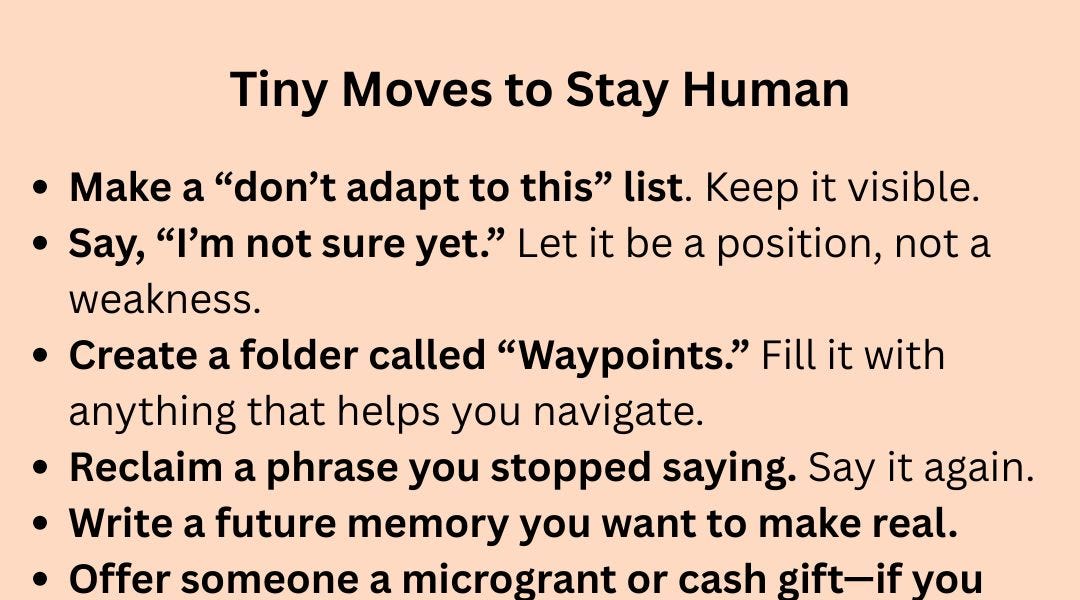
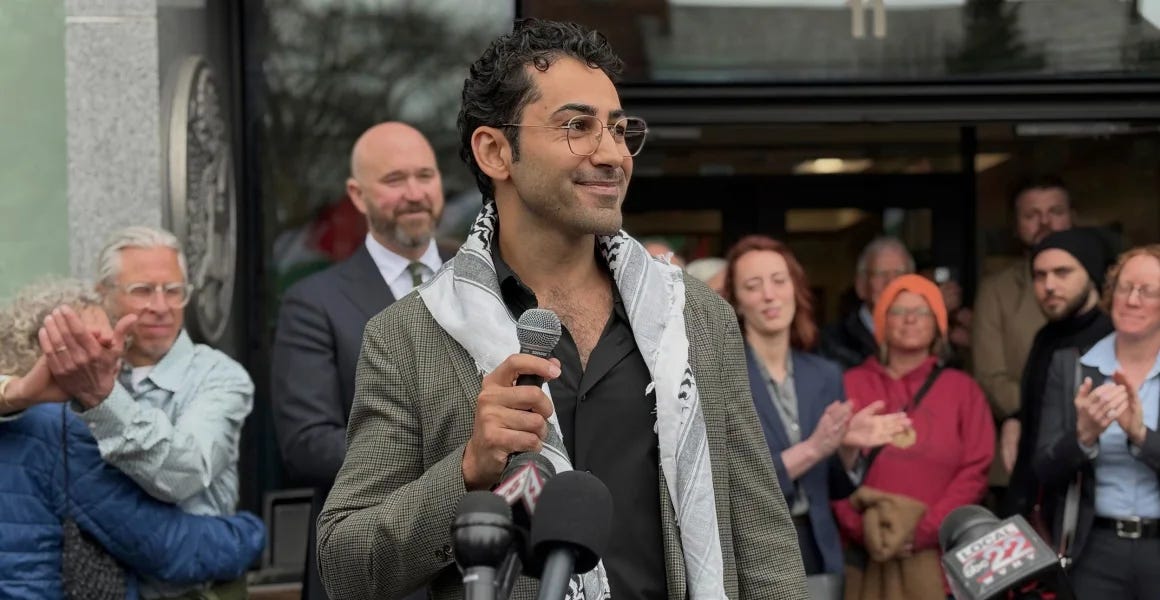
And tips from a series on having "better political conversations":

May your vision remain intact and unclouded in these fragmenting times.
Let me know how you are doing, and please share this post with anyone you think it might help. Thank you for being here!


